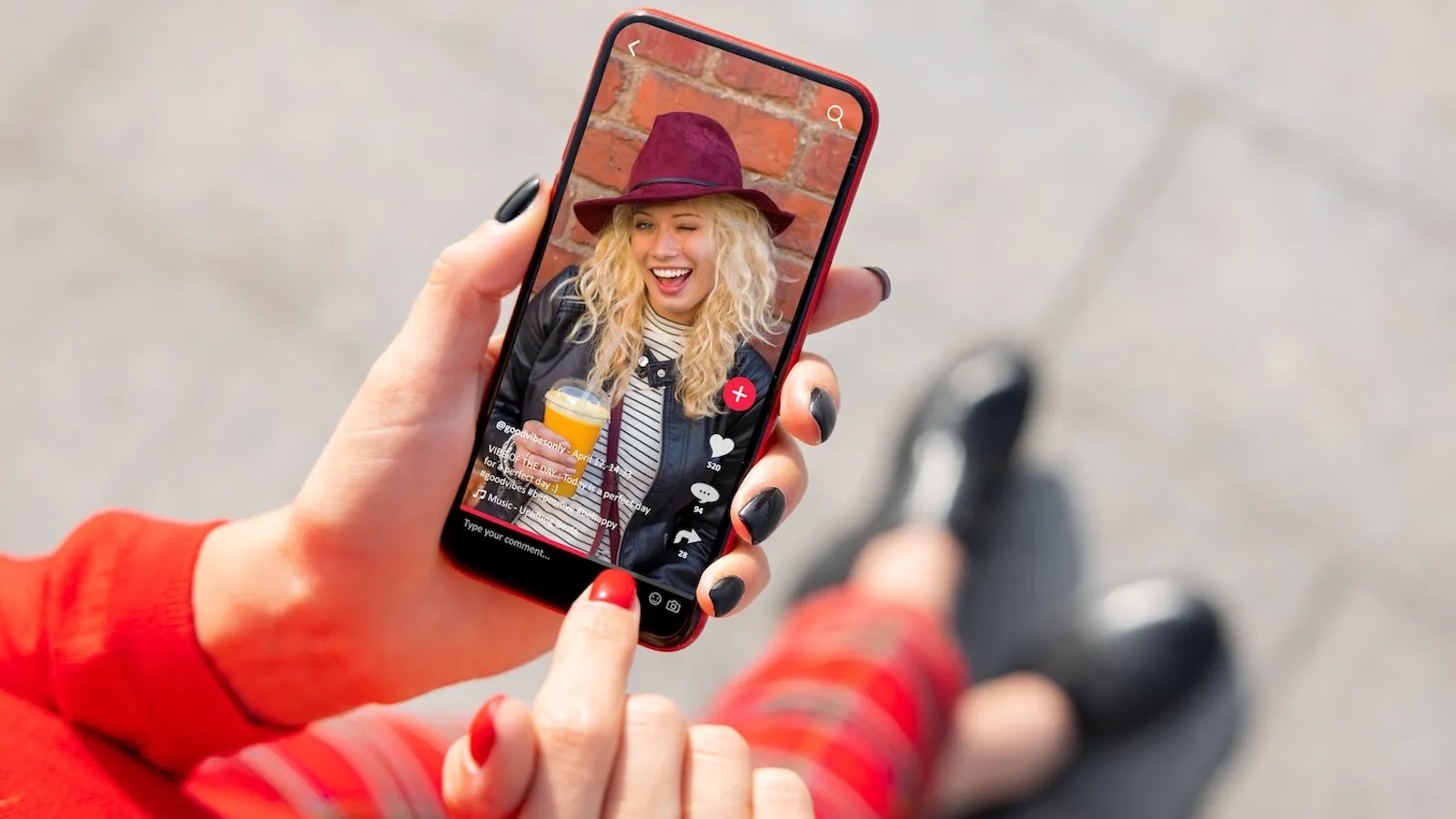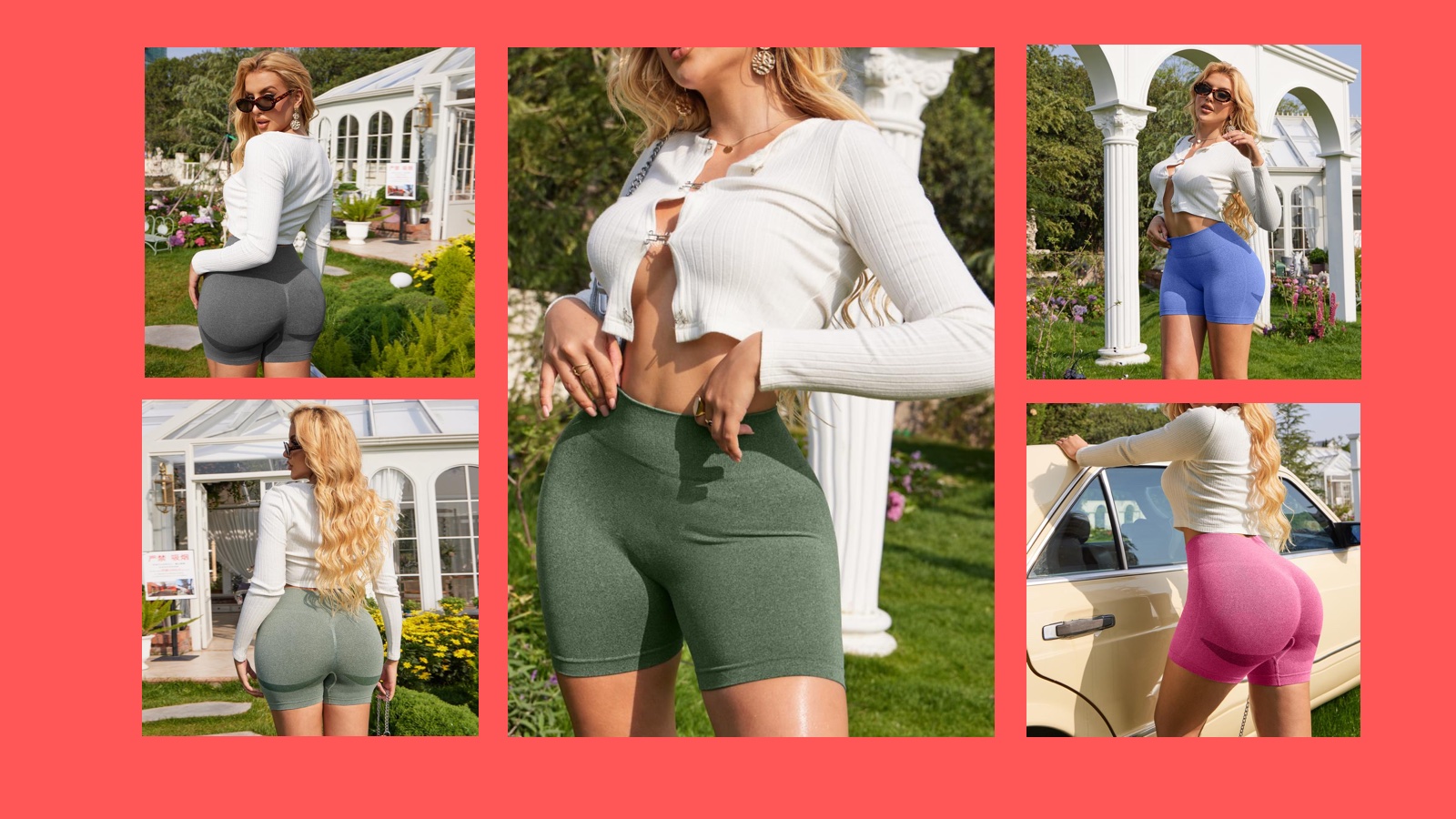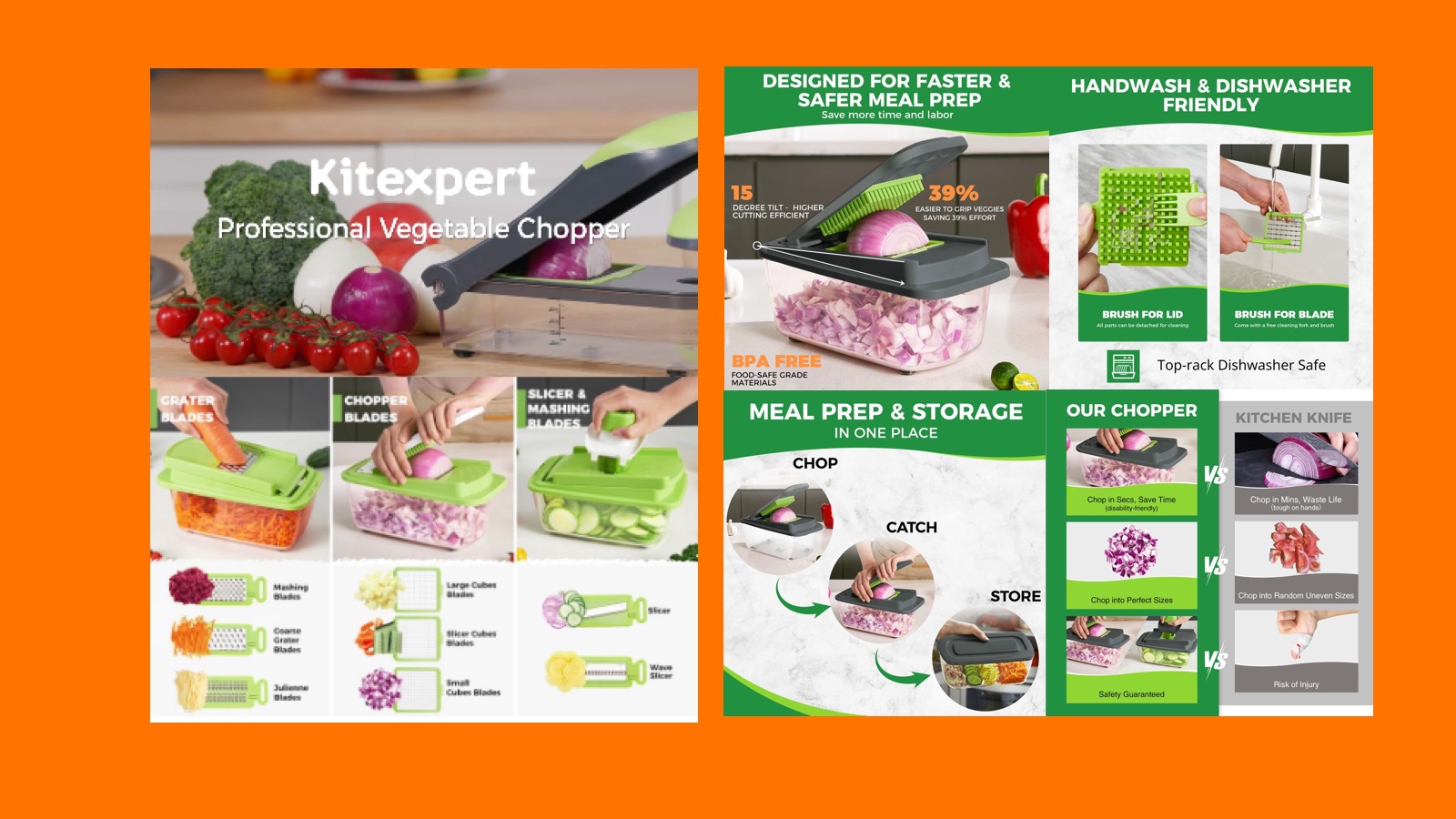Table of Contents
- How Much Does Facebook Ads Cost
- Types of Facebook Ads?
- How to set up Facebook ads using Meta Ads Manager
- Facebook Ad Tips
How Much Does Facebook Ads Cost
The cost of advertising on Facebook varies widely and depends on several factors:
Audience Targeting: Narrower audiences tend to cost more than broader ones.
Ad Placement: Costs can differ based on where your ads are shown, such as on Facebook or Instagram.
Campaign Duration: The length of time your campaign runs affects the overall cost.
Industry Competitiveness: More competitive industries usually see higher ad costs, especially for higher-priced products or valuable leads.
Time of Year: Costs can fluctuate during different seasons, holidays, or industry-specific events.
Time of Day: CPC (cost per click) is generally lowest between midnight and 6 am in any timezone.
Location: Ad costs can vary significantly from one country to another.
There is no fixed rule for Facebook ad budgets, as they are influenced by these variables. Adjust your strategy based on these factors to manage your advertising costs effectively.
Types of Facebook Ads?
Facebook ads are paid posts that businesses use to promote their products or services to Facebook users. These ads can be in the form of images, videos, or carousels and appear in various places within the app, such as feeds, Stories, Messenger, and Marketplace.
Key Features of Facebook Ads
Formats: Include images, videos, and carousels.
Placement: Show up in feeds, Stories, Messenger, Marketplace, and more.
Targeting: Based on demographics, location, interests, profile information, and online activity.
Budgeting: Businesses set a budget and bid for each click or thousand impressions.
Apperance: Similar to regular posts but marked with a “sponsored” label and often include extra features like CTA buttons, links, and product catalogs.
Benefits
Increased Visibility: Ads help get your brand in front of more users.
Advanced Features: Ads offer more interactive elements compared to regular posts.
Incorporating ads into your Facebook marketing strategy can boost your brand’s reach. For more Facebook marketing tips, click here.
Here are each of Facebook’s ad formats explained in more detail:
Facebook Image ads
Image ads are the simplest ad format on Facebook. They allow businesses to promote their products, services, or brands using a single image. These ads can be displayed in various placements and aspect ratios.
Image ads are best for campaigns with strong, static visuals like illustrations, designs, or photos. You can quickly create an image ad by boosting an existing post with an image from your Facebook Page.
Image ads are versatile and can be used across different types of ads and placements, making them ideal for showcasing compelling visual content.
Limited to one image, which may not be ideal for displaying multiple products or demonstrating how a product works. For more complex messages or product showcases, consider other ad formats that allow multiple images or videos.
Facebook Video ads
Video ads on Facebook let businesses use a single video to showcase their products, services, or brand. They’re ideal for product demos, tutorials, and showing dynamic elements.
Videos can be up to 240 minutes long, but shorter videos are more engaging. Facebook recommends keeping videos under 15 seconds.
For the best results, use high-quality videos that quickly capture attention and convey your message succinctly.
Video ads can be time-consuming and expensive to produce. For simple messages or products that don’t require demonstrations, a carousel or image ad might be more suitable.
Facebook Stories ads
Stories ads are designed for mobile phones with a full-screen vertical video format, making the most of the screen without requiring viewers to rotate their devices.
In the US, 62% of people plan to keep using Stories more, and four million advertisers use Stories ads every month. Stories ads offer more creative options than regular image or video ads. You can use emojis, stickers, filters, video effects, and even augmented reality.
This format is perfect for engaging mobile users with dynamic and interactive content.
Facebook Messenger ads
Messenger ads appear in Facebook Messenger, where people chat with friends and family. This makes the ads feel more personal than traditional image or video ads.
Placement: Ads show up among conversations and users can tap to start a chat with your brand.
Engagement: Great for encouraging interaction with your brand.
Ideal for Small Businesses: Perfect for promoting local products or services and starting conversations with potential customers.
Facebook Carousel ads
Carousel ads let users click through up to ten images or videos, each with its own headline, description, and link.
Showcase Products: Ideal for displaying a variety of products, with each image linking to a specific landing page. Guide Users: Perfect for guiding users through a process or showcasing a series of related products, with each step or product in a different carousel section.
This format is versatile and engaging, helping you present multiple items or steps in an interactive way.
Facebook Slideshow ads
Slideshow ads use 3-10 images or a single video that plays as a slideshow.

Low Data Usage: They use up to five times less data than videos, making them ideal for markets with slower internet connections.
Easy to Create: A great option for those without video-making experience to get started with dynamic ads.
This format is perfect for delivering engaging content efficiently and simply.
Facebook Collection ads
Collection ads are like immersive carousels, offering an enhanced user experience. They provide a mobile window-shopping feel where users can flick through your product lineup.
Customizable and Full-Screen: More customizable than carousels, these ads take up the entire screen.
Ideal for Large Catalogs: Perfect for large businesses with a variety of products and services.
Direct Purchases: Users can purchase products directly from the Collection ad, making the shopping experience seamless and interactive.
This format is perfect for showcasing multiple products in an engaging and convenient way for users.
Facebook Playables
Playable ads let users try your game before downloading it. They offer a free, interactive preview of your app, allowing your audience to test-drive the game directly within the ad.
Interactive Experience: Users can play a demo of your game within the ad.
Higher Quality Leads: Providing a playable demo increases the likelihood of attracting quality downloads from users who enjoy the preview.
This try-before-you-buy approach helps ensure that those who download your game are genuinely interested, leading to more engaged users.
How to set up Facebook ads using Meta Ads Manager
If you already have a Facebook business page, head to Meta Ads Manager (formerly Facebook Ads Manager) or Business Manager to create your ad campaign. If you don’t have a business page, create one first.
This guide will show you how to use Ads Manager to create a Facebook ad and answer some common questions about Facebook advertising.
Meta Ads Manager is your go-to tool for running ads on Facebook and Messenger. It helps you create ads, manage their placement and timing, and track campaign performance—all in one place.
Step 1: Start creating an ad
After logging into Ads Manager, you’ll see your dashboard. To create a new campaign, ad set, or ad, click the Create button.

Step 2: Choose your campaign objective
Facebook will ask you to select your campaign objective from six options.

Here’s how the campaign objectives align with business goals:
Awareness. Introduce your brand to a new audience.
Traffic. Drive traffic to a specific web page, app, or Facebook Page.
Engagement. Find people most likely to take a specific action, like engage with your business or send a message.
Leads. Get new prospects into your sales funnel via messages, phone calls or signups.
App promotion. Get mobile users to install your app or take a specific action within your app.
Sales. Find people who are most interested in purchasing your product or service.
Choose a campaign objective based on your goals for this particular ad.
Step 3: Define your campaign settings
Here, you’ll name your campaign, note if there are any Special Ad Categories it falls into, and fill out the rest of the Campaign details.

If you want to set up an A/B split test, toggle on the Create A/B test button. You can choose different versions to run against this ad after it’s published.
Step 4: Set your budget
Next, click into the Ad set options. This is where you’ll decide which specific performance goal you want to reach and how much money you want to spend to get there. You can choose between a daily budget and a lifetime budget.

Daily budget runs your ad continuously throughout the day, with a minimum of $1.00 per day. A lifetime budget runs your ad for a specified time period.
Set the start and end dates if you want to schedule your ad in the future or choose to make it live right away.
You can also choose to schedule your budget in advance, in case you want to increase your spend at certain high-traffic times.
Step 5: Target your audience

When refining your ad targeting, you have two main options:
Automatic Targeting with Advantage+: Input basic details (like age, location, and language), and Meta’s Advantage+ technology will automatically find your audience.
Manual Targeting: Use Facebook’s original targeting options to build your audience yourself.
If you’re new to Facebook ads, we recommend letting Facebook’s AI handle the targeting. Meta’s data shows that Advantage+ can provide better results at lower costs, with “28% lower average cost per click, lead, or landing page view.”
Effective targeting is crucial for maximizing ROI, and Ads Manager offers many ways to fine-tune your audience.
For more information, visit the Meta Ads Manager Guide.
Step 6: Choose your Facebook ad placements
Next, choose where your ad appears. You can let Facebook choose automatically with Advantage+ placements or pick manually. If you’re new, start with Advantage+.

After a while, you can review your ad performance and switch to manual for better optimization. Your manual options will vary based on your chosen campaign objective but may include the following:
Device type. Mobile, desktop, or both.
Platform. Facebook, Instagram, Audience Network, and/or Messenger
Placements. Feeds, Stories, Reels, in-stream (for videos), search, messages, overlay and post-loop ads on Reels, search, in-article, and apps and sites (external to Facebook).
Specific mobile devices and operating systems. iOS, Android, feature phones, or all devices.
Only when connected to WiFi. The ad only shows when the user’s device is connected to WiFi.
Step 7: Create your ad
Choose the ad format that aligns with your campaign objectives. Then enter the text and media components for your ad. The formats available will vary based on the campaign objective you selected back at the beginning of this process.

Follow the prompts and design recommendations provided by Facebook based on your chosen ad type. Use the preview tool at the right of the page to make sure your ad looks good for all potential placements. When you’re happy with your choices, click the green Publish button to launch your ad.
These steps will help you finalize and launch your ad effectively.
Step 8: Monitor your ad’s performance metrics
Once your ad’s running, keep an eye on its performance in Ads Manager. Look for key metrics like results, reach, engagement, video views, website actions, and more.
You can compare performance, juggle your budget, and really dig deep into the relative ROI of each campaign. Rewrite and make it simple to read.
Facebook Ad Tips
- Make ads for a short attention span
Keep it quick and snappy. Start your ad with the main message and branding in the first 3 seconds.
- Make your video ads mobile
Most people check social media on their phones, so focusing on mobile-friendly ads is a way to better reach your audience.
Film videos vertically (9×16) to focus on mobile-friendly ads, keep videos short (15 seconds or less), and keep text minimal and use large fonts.
- Use visuals
Lots of folks watch video with the sound off, so be sure to:
Use visuals to convey your message. Add captions for voiceovers. Include text for key messages.
- Try the pitch, play plunge method
This method combines different creative types to effectively reach and engage your audience.
Pitch: Raise awareness of your brand, product, or service. Play: Create engaging and interactive content for curious users. Plunge: Offer immersive experiences for deeper user engagement.
- Base ad decisions on analytics
Use Facebook’s built-in tools to track impressions, clicks, engagement, and ROI. Or, for more detailed insights and data-driven improvements in future campaigns.



